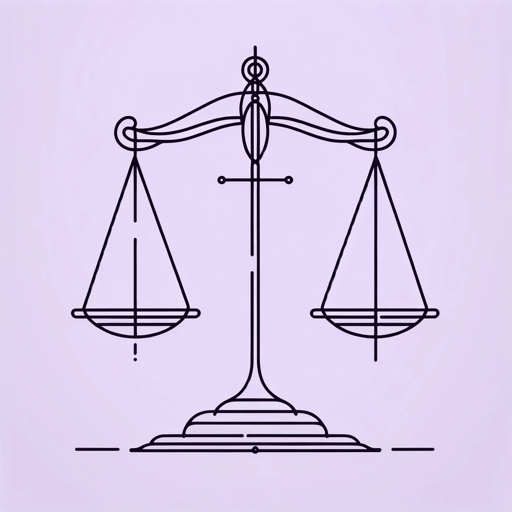61 pages • 2 hours read
Daniel Kahneman, Olivier Sibony, Cass R. SunsteinNoise: A Flaw in Human Judgment
Nonfiction | Book | Adult | Published in 2021A modern alternative to SparkNotes and CliffsNotes, SuperSummary offers high-quality Study Guides with detailed chapter summaries and analysis of major themes, characters, and more.
Introduction-Part 1Chapter Summaries & Analyses
Introduction-Part 1: “Finding Noise”
Introduction Summary: “Two Kinds of Error”
Using the metaphor of aiming for a target at a shooting arcade, the authors discuss two types of human error. There is bias, a “systematic deviation” from bull’s-eye, where all the shots land off target but in the same part of the board; and there is “noise,” a “random scatter” that causes the shots to land all over the place (13). The authors believe that noise is a phenomenon worth studying because many of the decisions individuals make in everyday life are based on judgments where the truth is unknown or unknowable. For example, a patient suffering from a complex ailment may be diagnosed differently by different physicians.
The authors argue that bias receives more attention than noise in the critical discourse on decision-making. However, this oversight ignores the fact that amounts of noise are often “scandalously high” where difficult decisions must be made, and several unknowns are at play simultaneously (15). This is true in areas as diverse as forecasting trends and predictions, asylum decisions, and forensic science. The book explores case-studies of where noise is present, while offering practical advice on how to minimize noise in decision-making.

